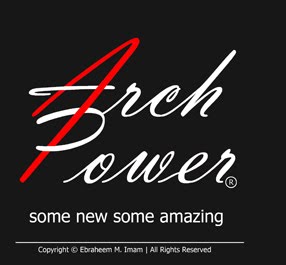The Bispevika mixed-use development proposal by PUSHAK maximizes the views of the harbor and integrates passive design methods to minimize energy use. The proposal is part of an invited competition that will conclude in January 2012.
Architects: PUSHAK
Client: HAV Eiendom
Location: Bispevika, Oslo, Norway
Project Size: 35000 sqm
Project Status: Invited Competition Entry
Continue reading for more project details.
PUSHAK Architects proposes a 35000 square meter social hub on a former brown-field site in a Oslo harbor. Each mixed-use building opens up to the harbor and frames the view of the “species-rich” islands. The buildings wrap around a wooden terraced courtyards, providing play spaces and introducing the island-like nature into the site.
In order to satisfy code, 10 percent of the seawater will be treated in three floating basins, separating the courtyard from the public promenade. Due to the low water quality, the basins can be both closed and partially closed, allowing control of the water circulation. The basins will also be used by local restaurants for oyster, lobster and seaweed farming.
Passive solar heating is made possible with the geometry of the structure while a compact building strategy minimizes heat loss. The courts allow for natural ventilation in the summer and shield cold winds in the winter. Solar energy, seawater-based heat pumps and sustainable district water heating is also proposed.
Nearly all units have a private balcony or terrace. Semi-public pavilions further buffer the boundary of public and private while creating pleasant outdoor spaces. Common rooftop terraces provide all residences access to the ultimate views.
















Competition Entry for Bispevika Development in Norway / PUSHAK originally appeared on ArchDaily, the most visited architecture website on 24 Nov 2011.
send to Twitter | Share on Facebook | What do you think about this?













































